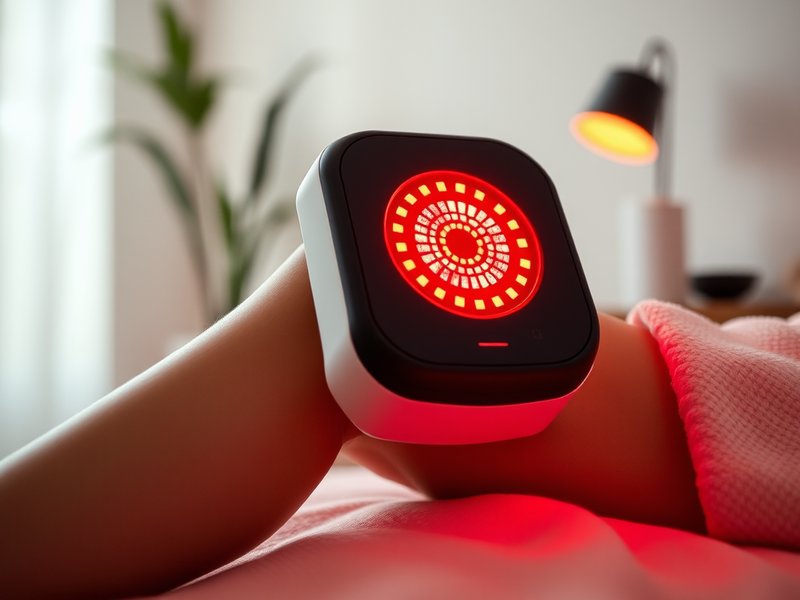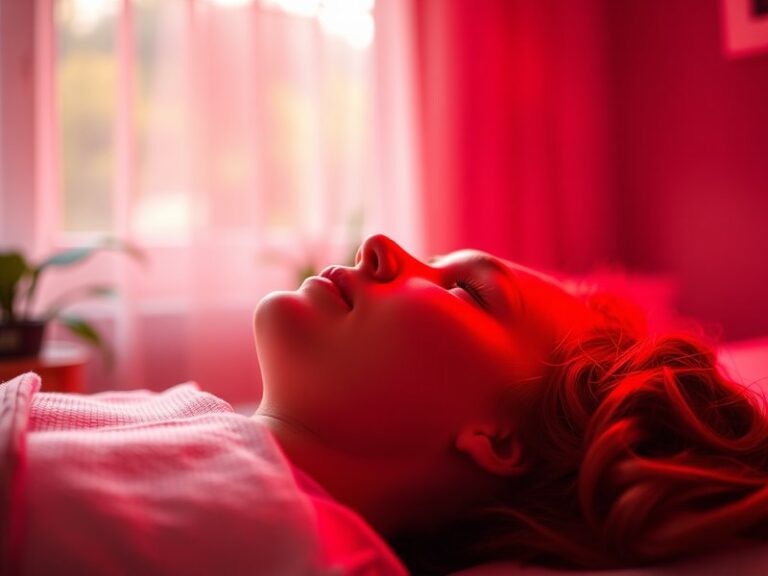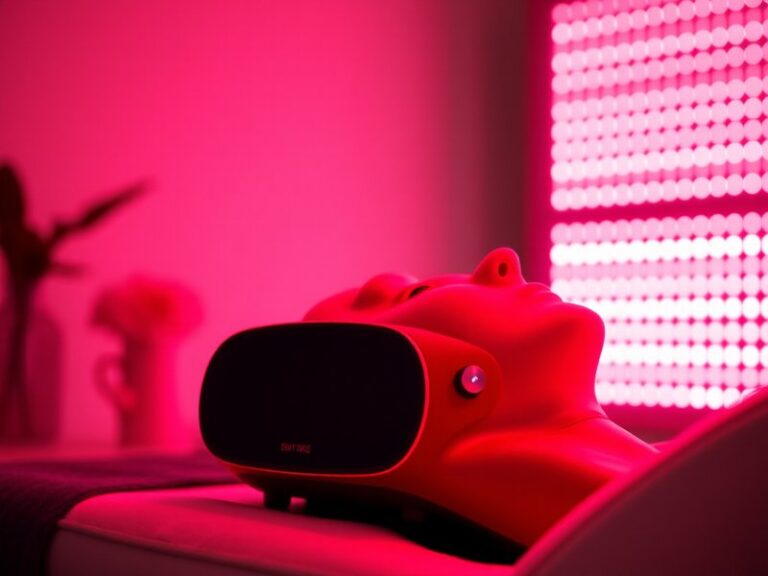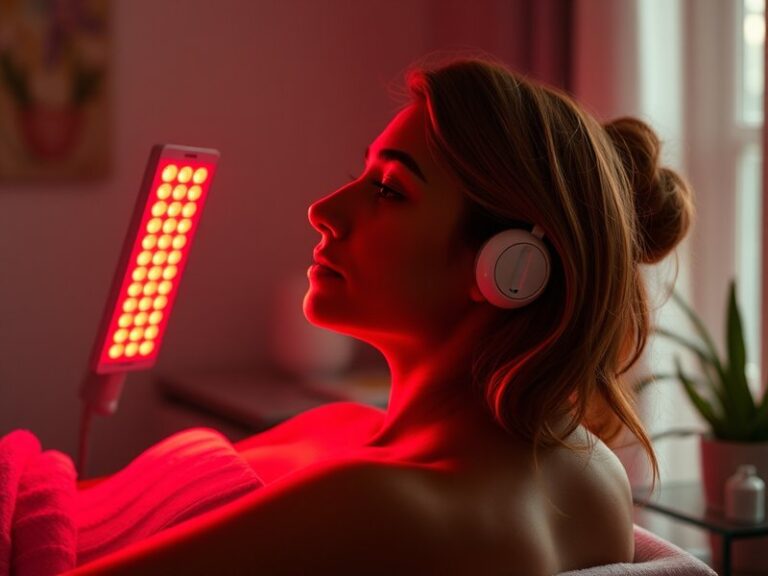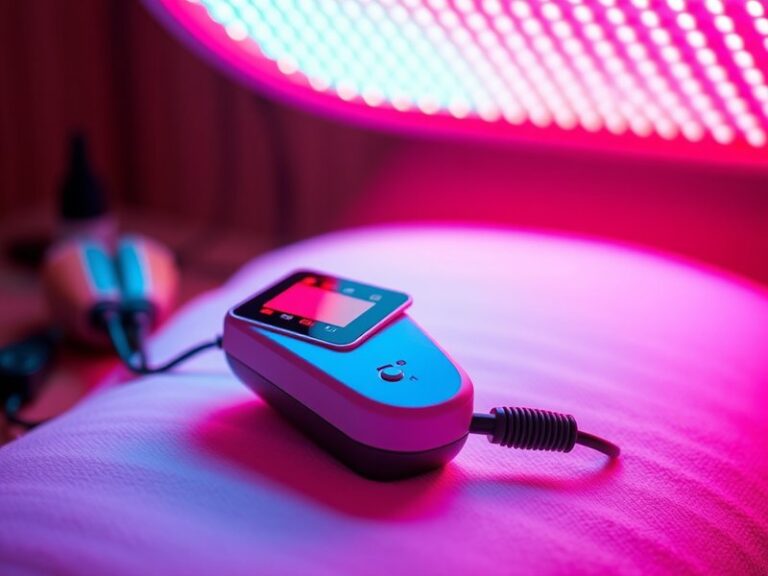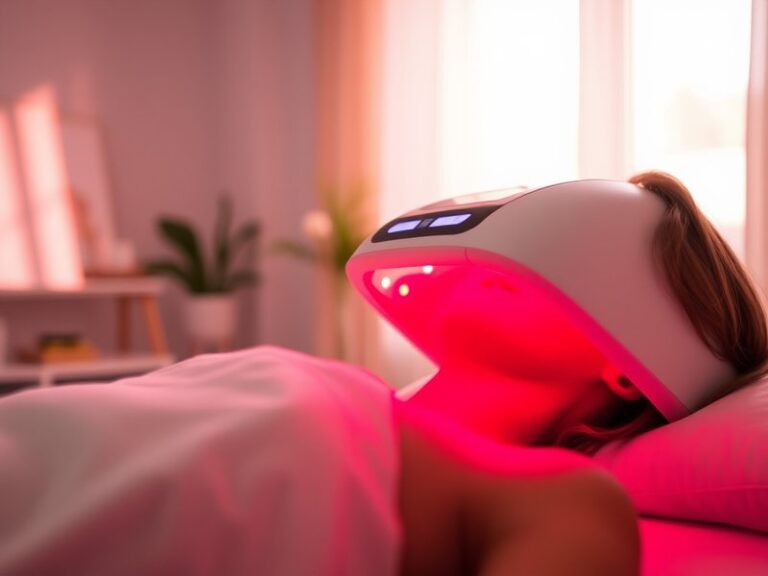Can Red Light Therapy Help Joints?
Can Red Light Therapy Help Joints?
Is it possible for light to heal?
Find out more in Can Red Light Therapy Remove Warts?
In recent years, red light therapy has emerged as a popular treatment option for various health concerns, including joint pain and inflammation. This article explores how red light therapy works, its potential benefits for joint health, and considerations for those interested in this innovative treatment.
Key Takeaways
- Red light therapy utilizes specific wavelengths of light to promote healing and reduce inflammation.
- Clinical studies suggest that it can effectively alleviate symptoms of joint pain associated with conditions like arthritis.
- While promising, potential users should consider alternatives and consult medical professionals before beginning treatment.
What is Red Light Therapy?
Red light therapy (RLT) involves using low-level wavelengths of red or near-infrared light to stimulate healing processes in the body. The therapy operates at a cellular level, promoting the production of adenosine triphosphate (ATP), which is crucial for energy transfer within cells.
RLT is non-invasive and can be applied through various devices, including handheld LED units, panels, and saunas. It has gained attention not only for joint health but also for skin rejuvenation, hair growth, muscle recovery, and chronic pain management.
What are the Benefits of Red Light Therapy for Joints?
Millions of people suffer from joint pain due to various factors, including aging and autoimmune disorders. Red light therapy presents several potential benefits for joint health which are worth exploring.
Reduced Inflammation
One of the most significant benefits of red light therapy is its ability to reduce inflammation. It penetrates the skin and stimulates cellular processes that decrease the production of pro-inflammatory cytokines, thus mitigating pain.
Pain Relief
Numerous studies indicate that red light therapy can provide substantial pain relief in patients suffering from arthritis and other joint disorders. Clinical trials show considerable reductions in pain levels reported by users within multiple sessions.
Improved Range of Motion
Red light therapy can enhance blood circulation and promote tissue repair, which may lead to improved flexibility and range of motion in joints. Patients often report feeling more mobile and active after a course of treatment.
Enhanced Healing Speed
For individuals recovering from joint injuries, RLT can accelerate the healing process. Increased ATP production speeds up cell regeneration and tissue repair, effectively shortening recovery time.
Non-Invasive Option
Unlike surgical interventions or pharmacological treatments, red light therapy is a non-invasive alternative, reducing the risks associated with invasive procedures and potential side effects from medications.
Is it Possible to Use Red Light Therapy for Joint Pain?
The feasibility of using red light therapy for joint pain is supported by numerous anecdotal reports and scientific studies. Individuals suffering from conditions like osteoarthritis, rheumatoid arthritis, or sports injuries may find relief through this therapy.
What are the Advantages of Red Light Therapy?
- Safe and Side-Effect Free: As a non-invasive treatment, RLT carries few risks and generally has no side effects, making it accessible to a wide range of individuals.
- Convenient and Versatile: RLT can be performed in various settings, including at home with personal devices or in professional clinics, allowing for flexible treatment options.
- Complementary Treatment: It can be used alongside other therapies, such as physical therapy or medication, to enhance overall recovery without any conflicts.
What are the Disadvantages of Red Light Therapy?
- Variable Results: While many individuals experience benefits, results can vary significantly among users. Some may not perceive significant improvement.
- Time Commitment: Effective treatment often requires multiple sessions, which can be time-consuming depending on the frequency and duration advised.
- Equipment Costs: High-quality RLT devices can come with a hefty price tag, posing a barrier for some individuals interested in home therapy options.
What are the Things to Consider Before Trying Red Light Therapy?
Before committing to red light therapy, specific factors should be evaluated to ensure it’s right for you.
Consult with a Healthcare Professional
It’s essential to speak with a doctor, particularly if you have underlying health conditions or are taking medications that may affect skin sensitivity.
Assess Your Condition
Identify the nature of your joint pain and whether red light therapy aligns with your specific health needs. Certain conditions may respond better to this therapy than others.
Research Device Quality
If opting for at-home therapy, ensure the device is of high quality and emits the appropriate wavelengths known to be effective for joint pain relief.
Consider Your Lifestyle
Evaluate whether you can commit to the necessary sessions and how they will fit into your daily routine and wellness practices.
What are the Alternatives to Red Light Therapy?
While red light therapy shows great promise, other options are available for those seeking joint pain relief.
Physical Therapy
Engaging in tailored physical therapy sessions can provide relief by enhancing strength, flexibility, and joint function. Therapists use various exercises to support joint health.
Acupuncture
This ancient practice can reduce pain and inflammation through targeted points on the body, promoting energy flow and potentially restoring balance and healing.
Topical Treatments
Over-the-counter creams or patches containing ingredients like menthol or capsaicin can provide localized relief from joint pain and may work well in conjunction with other therapies.
Dietary Supplements
Supplements like glucosamine and omega-3 fatty acids are often recommended for joint health and can potentially complement other treatments.
Conclusion: Is it Recommended to Use Red Light Therapy for Joint Pain?
Red light therapy may offer a beneficial option for individuals seeking relief from joint pain and inflammation. With its potential for reducing symptoms and promoting healing, it can be particularly advantageous for those pursuing non-invasive treatment options. However, it’s crucial to consult with a healthcare provider to determine suitability, assess alternatives, and ensure that this therapy aligns with one’s overall health strategy.
Frequently Asked Questions
What conditions can red light therapy help?
Red light therapy is primarily used for arthritis, tendinitis, and general joint pain, but it may also assist skin conditions and promote muscle recovery.
How often should I use red light therapy for joint pain?
Frequency varies by individual, but many suggest 2 to 3 sessions per week for optimal results, gradually adjusting based on personal experience and specific health conditions.
Are there any contraindications for red light therapy?
Yes, those with photosensitivity or specific medical conditions should consult a healthcare provider before starting treatment to avoid any adverse effects.
Can I use red light therapy in conjunction with other treatments?
Absolutely, RLT can be an effective complement to physical therapy, medication, or lifestyle changes aimed at improving joint health.
Can red light therapy be performed at home?
Yes, various home devices are available for personal use, but it is essential to choose high-quality equipment and consult with professionals for guidance.
Discover the facts in Frequency of Red Light Therapy?
